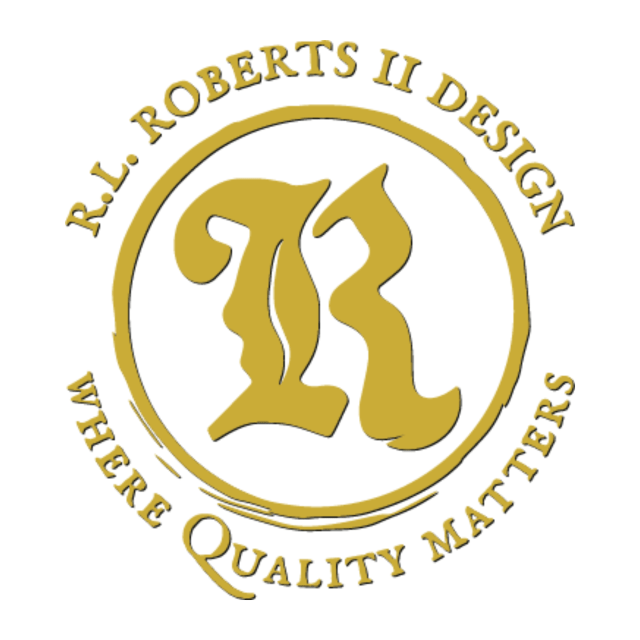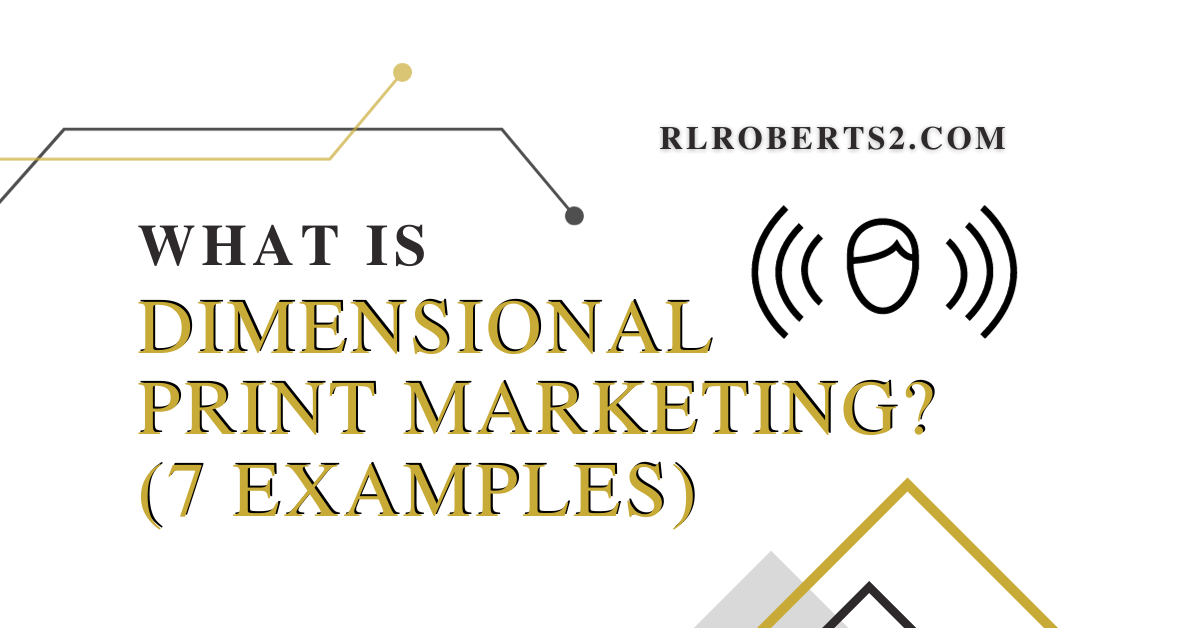Traditional print marketing can be perceived as “boring” by some, especially when compared to the dynamic and interactive nature of digital marketing. However, it’s important to note that the effectiveness of print marketing depends on various factors, including creativity, design, targeting, and the preferences of the target audience. While traditional print marketing has its strengths, it also comes with certain drawbacks or limitations in today’s digital-centric world.
But can it be improved? Of course.

Dimensional print marketing refers to a form of marketing that involves creating printed materials with added physical depth or dimensionality beyond the typical flat surfaces of traditional print media. These materials are designed to stand out, capture attention, and create a more immersive and memorable experience for the audience.

Some common examples of dimensional print marketing and innovative marketing solutions include:
- Pop-up or 3D Cards: These are cards that, when opened or unfolded, create a three-dimensional structure. They can be used for invitations, promotional materials, or direct mail campaigns.
- Video Brochure Mailer: Present your beautifully designed video with style. Brochure designs can ship safely and directly to your customers. When the package is opened, a video player is presented in high definition playback.
- Die-Cut Designs: Using specialized cutting techniques, printed materials can be shaped in unique ways to create visual interest. For instance, a brochure might have a die-cut pattern or shape that adds depth and texture.
- Embossing and Debossing: These techniques involve creating raised (embossed) or sunken (debossed) designs on the printed surface, adding tactile elements that engage the sense of touch.
- Augmented Reality (AR) Integration: Combining print with digital technology, dimensional print marketing might include elements that, when scanned with a smartphone or tablet, unlock interactive digital content, creating an immersive experience.
- Folded or Layered Designs: Using various folding techniques or layers of paper, marketers can create printed materials that have depth, allowing for more content or information in a compact space.
- Textured Printing: Utilizing different types of paper or finishes to create textures or patterns that enhance the tactile experience, making the print material more engaging.

Dimensional print marketing is a powerful strategy that leverages the principles of design and aesthetics to captivate the target audience. Through the clever use of depth, texture, interactivity, and distinctive shapes, marketers can create materials that not only stimulate the visual senses but also engage the recipients on a multi-dimensional level.
One of the key advantages of dimensional print marketing is its ability to grab attention in a cluttered advertising landscape. In a world saturated with digital advertisements, a tangible piece of marketing material that offers an interactive and immersive experience can be a breath of fresh air. By incorporating innovative design elements such as pop-ups, pull tabs, or embossed features, dimensional print pieces have the power to capture the curiosity and interest of the audience.
Dimensional print marketing can leave a lasting impression in the minds of the recipients. The sensory experience it offers goes beyond the flatness of traditional printed materials, making it more memorable and impactful. For instance, a brochure with embossed text or a die-cut shape can create a tactile sensation that not only engages the sense of touch but also adds a touch of luxury and sophistication to the brand image.
Interactive components like fold-out sections or engaging puzzles can enhance the engagement levels of the recipients. When people actively participate in the marketing experience, they are more likely to remember the message and feel a deeper connection with the brand. By providing a hands-on experience, dimensional print materials allow the audience to actively explore and interact with the content, leading to a higher level of engagement and a stronger emotional connection.
In conclusion, dimensional print marketing goes beyond the traditional flat format of printed materials and offers a unique and immersive advertising experience. By incorporating depth, texture, interactivity, and distinctive shapes, marketers can effectively capture attention, engage the audience, and create a lasting impression. So, if you are looking to make a bold statement in your marketing efforts, consider incorporating dimensional print strategies into your campaigns – a tactile experience that truly stands out in the digital age.
In search of quality design, full procurement, and an extensive quality control process for your next dimensional print marketing campaign? Contact us today or visit our homepage to schedule a free consultation.




